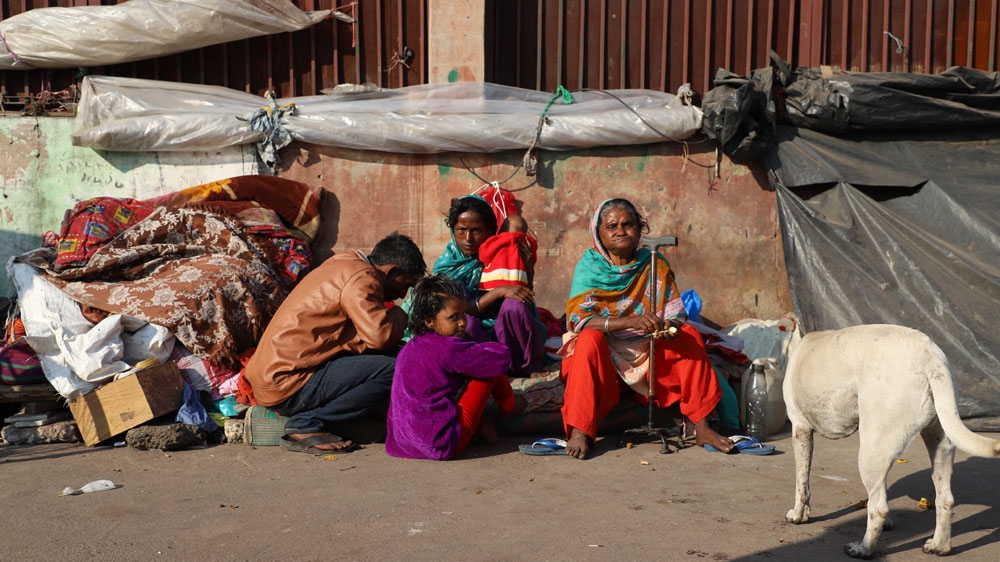
And for those who rely on school-based nutrition programmes, closures mean being cut off from the food they need to learn and thrive. Some 346 million young people do not have access to the internet for remote learning. Marginalized children pay the heaviest price as inequalities in learning widen.

At their peak, nationwide closures disrupted the learning of 1.57 billion students – or 91 per cent of schoolchildren worldwide – with devastating consequences. And we are urgently appealing for funding and support so that we can reach more girls and boys with basic water, sanitation and hygiene facilities.Īn entire generation of children has now seen its education interrupted. UNICEF calls upon governments to prioritize the most vulnerable children. Other children lack access to facilities because they are without a home, living in a slum or on the street.Īpproximately 40 per cent of the world population still lacks a basic handwashing facility with soap and water at home – and in least developed countries, this rises to nearly three quarters. Some children are cut off from safe water because they live in remote areas, or in places where water is untreated or polluted. But for many children, basic water and hygiene facilities remain out of reach. Protecting ourselves and others through proper handwashing and hygiene practices has never been more important. Reach children with water, sanitation and hygiene Our response to COVID-19 must be one that strengthens health systems and ensures universal, accessible and quality care for the long run.Ģ. This means continuing to meet the urgent needs posed by COVID-19, while carrying forward critical health interventions, like funding for nutrition and immunization programmes, that ensure children survive and thrive.

UNICEF calls on governments and partners to sustain life-saving maternal, newborn and child health services. Interruptions in immunization services could also spur outbreaks of diseases for which a vaccine already exists.Īs health systems stretch, children will lose their lives to preventable causes. Disrupted food systems and nutrition programmes mean that undernourished children will go untreated, elevating the risk of wasting or sustained malnutrition, which can cause stunting. Interruptions to supply chains and health care threaten to undermine recent gains in child health, nutrition and development, potentially leading to a significant rise in child mortality. In the poorest parts of the world, children in need of basic yet essential services – including those to protect against diseases like pneumonia, malaria and diarrhoea – are at risk of not receiving them. But overburdened health systems threaten more than those who fall ill with COVID-19. International efforts to bolster health systems – by ensuring supplies and protective equipment reach affected communities, and training health workers to prevent, diagnose and treat coronavirus disease – will go a long way to fight the virus. Only by working together can we keep millions of girls and boys – including those facing poverty, exclusion or violence, and those upended by humanitarian crisis – healthy, safe and learning.ġ. Without urgent action, this health crisis risks becoming a child-rights crisis.ĭisruptions to society have a heavy impact on children: on their safety, their well-being, their future.

And in many places, it comes at the expense of the most marginalized children. Yet, even as the spread of the virus slows in some countries, its social toll has come fast and hard. Worldwide, the outbreak is claiming lives and livelihoods as health systems buckle, education is disrupted and families struggle to stay afloat.Ĭommunities across the globe are rising to the challenge – from health and social workers risking their lives to protect the most vulnerable, to young people deploying innovative ways to share public health messages. The coronavirus disease (COVID-19) pandemic is of a scale most people alive today have never seen.


 0 kommentar(er)
0 kommentar(er)
